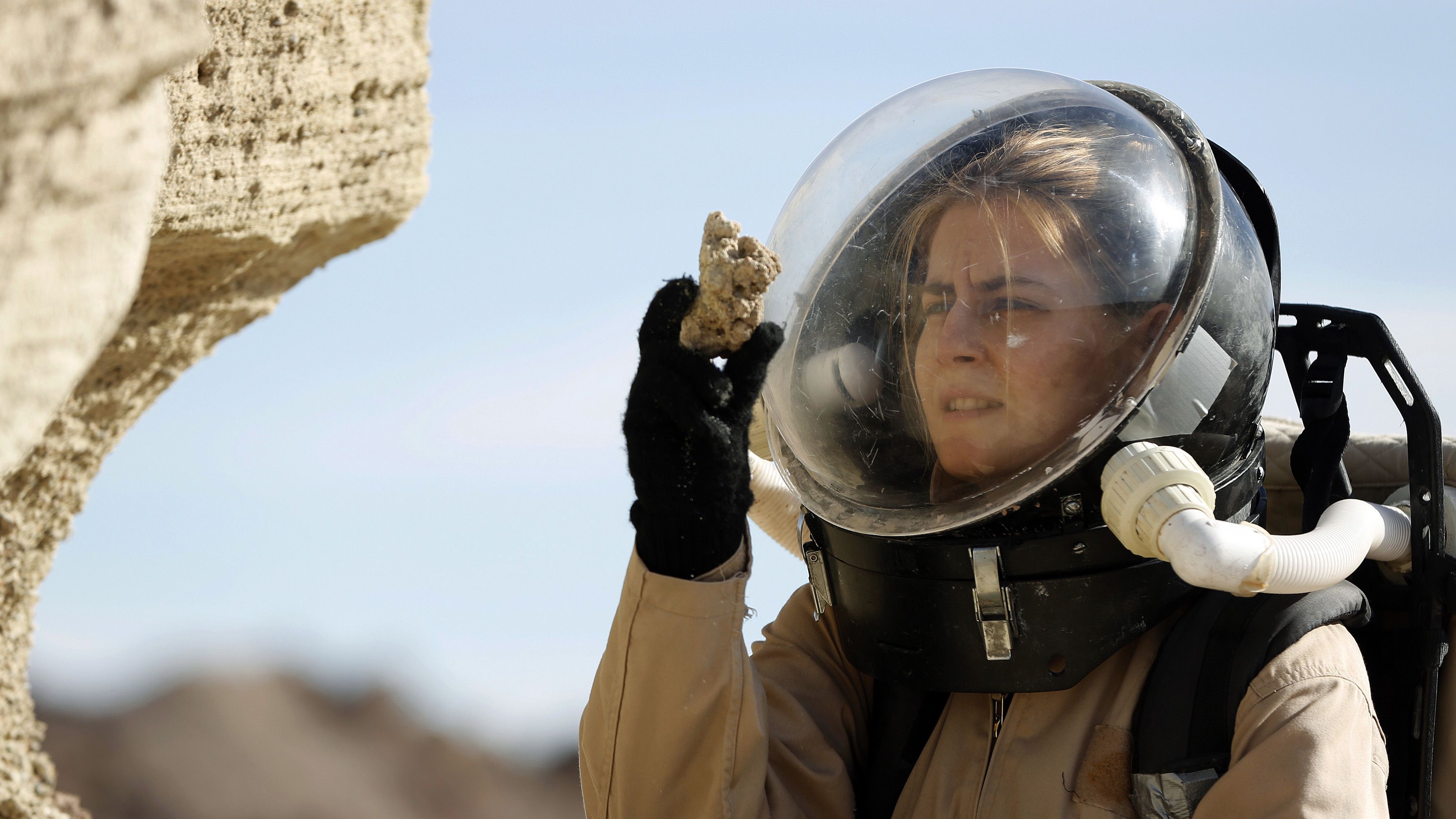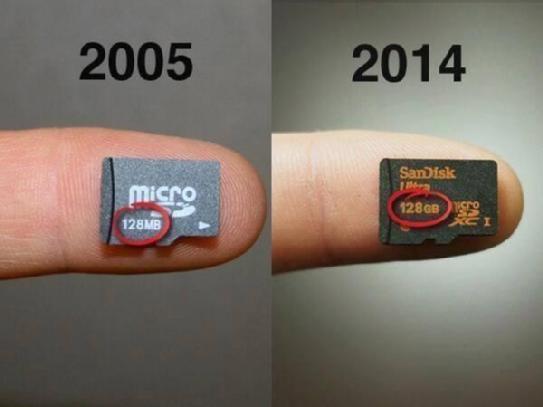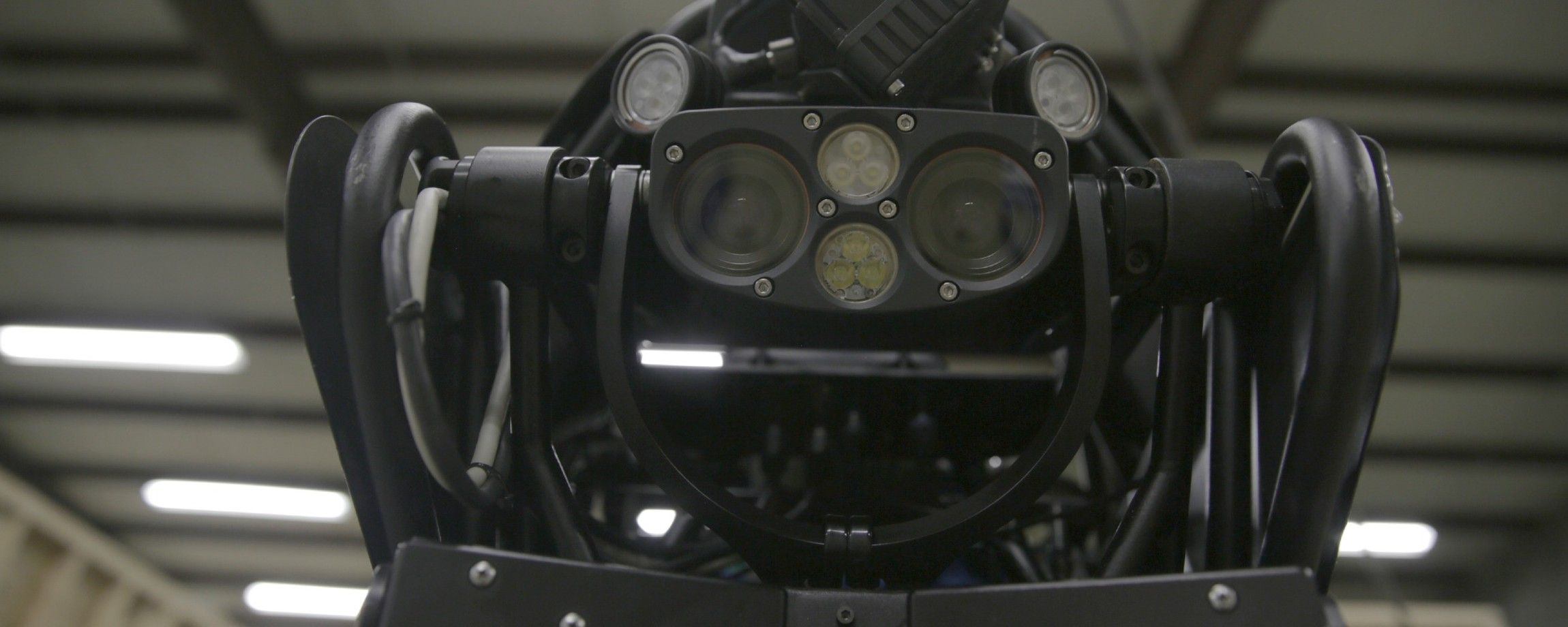Apr 15, 2015
Many people have ceased to claim that “thinking helps” as Hewlett-Packard say
Posted by Otto E. Rössler in categories: existential risks, particle physics
I have simple thinking in mind – like visualizing a rotating wheel suspended from its hub without friction so it can be pulled up and down easily.
You can trust that angular momentum remains constant (nature has a knack for that). But the wheel is also a clock. So if you lower it, it must go slower down there and become faster again when retrieved. It thus makes for a beautiful mental plaything (a “hot” one as the young people would say). Angular momentum can be called “L’hombre” (a macho word which is not quite right in Spanish). Can you feel L’hombre in your hand while moving up and down your toy in your mind?
The word “L’hombre” allows one to remember “L = ω mr^2 ” for angular momentum L in one’s mind forever. Omega (or ω) is the rotation rate, m the mass of the wheel’s rim (with a virtually weightless hub for simplicity), and r is the radius. So the wheel is now transparent to us like glass, right? What happens if ω is halved for simplicity as on a neutron star?
Either m must be doubled, or else r must be increased by square-root 2, or both m and r must have changed somehow in a compatible manner. How about m halved and r doubled?
Continue reading “Many people have ceased to claim that ‘thinking helps’ as Hewlett-Packard say” »

 ‘New Narratives: Innovation for Jobs’ is a series by i4j (Innovation for Jobs) and the GPA exploring perspectives on important topics that will impact the future of work, jobs and employment.
‘New Narratives: Innovation for Jobs’ is a series by i4j (Innovation for Jobs) and the GPA exploring perspectives on important topics that will impact the future of work, jobs and employment.












